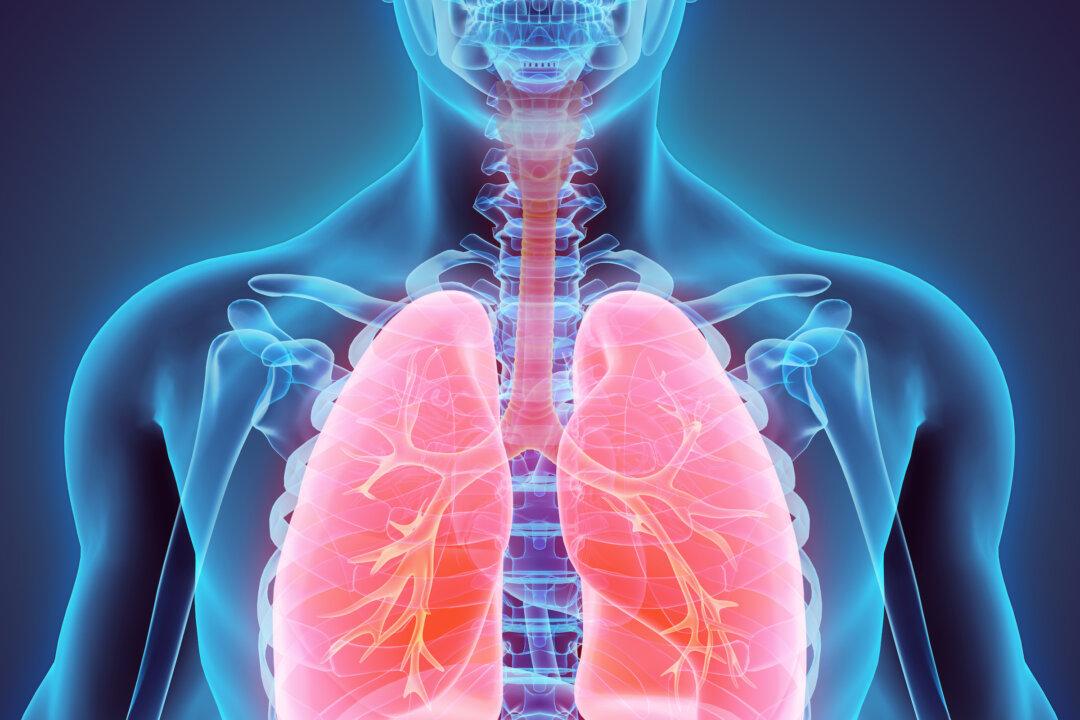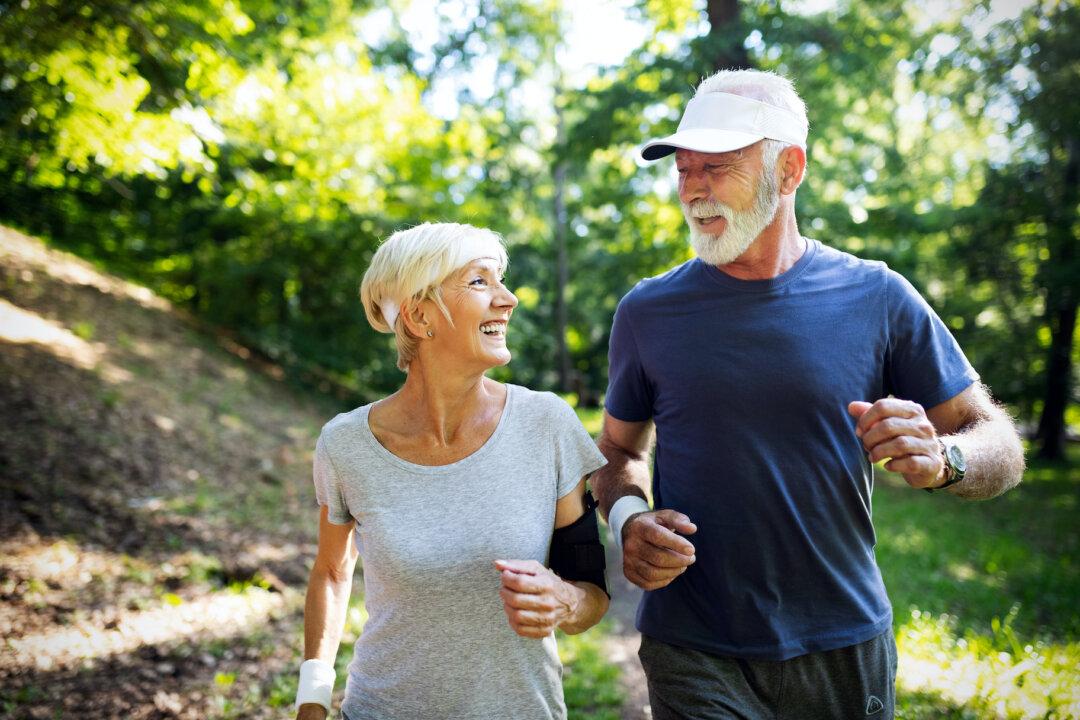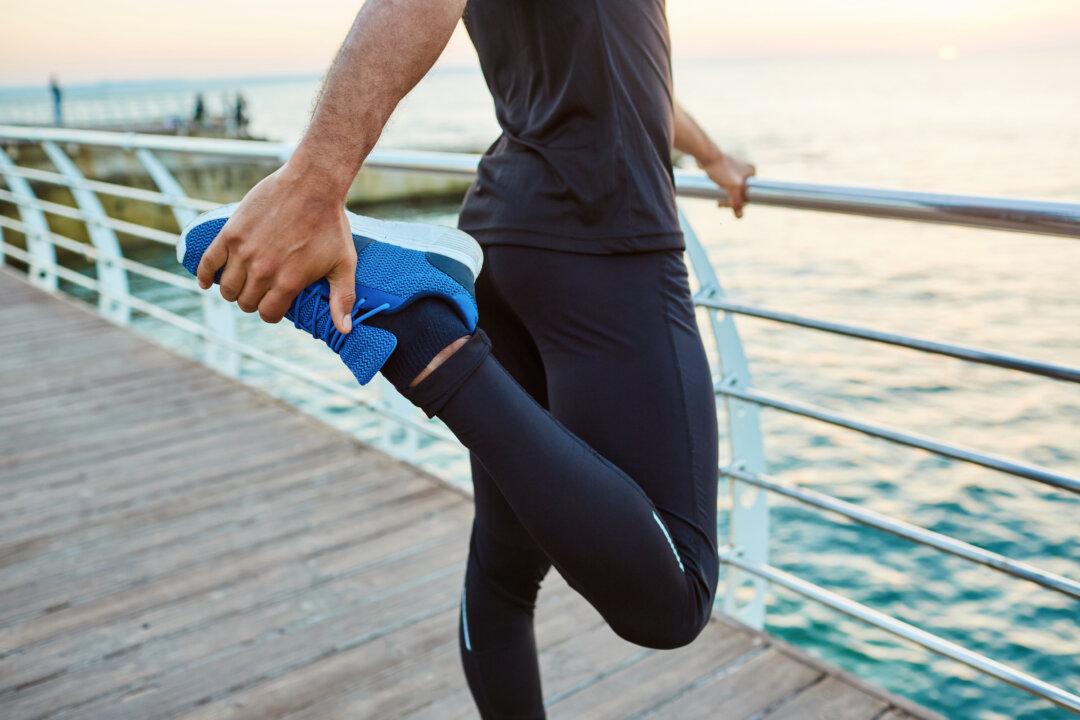People today are often unable to fully stretch their chest cavity when breathing due to poor posture. Patients with pulmonary obstruction, asthma, pulmonary fibrosis and other lung diseases experience shortness of breath, affecting their quality of life.
But lung rehabilitation exercises can strengthen the respiratory muscle groups, improve lung function, and relieve lung disease symptoms.





